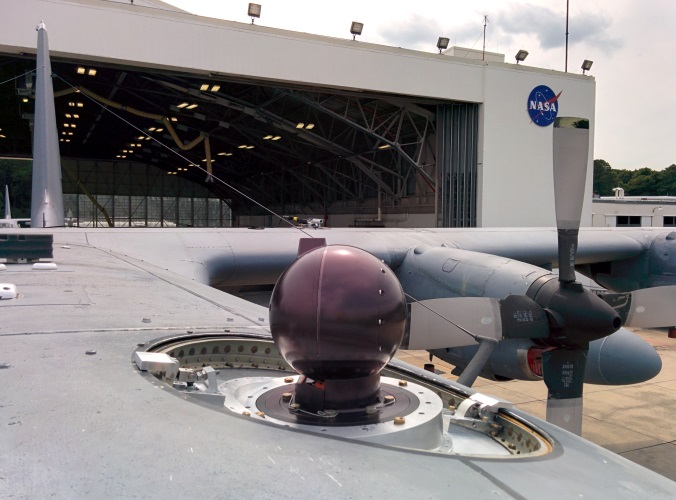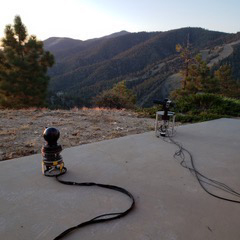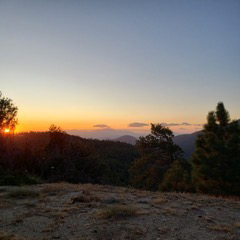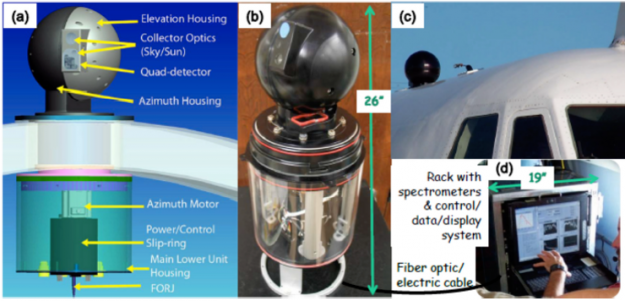About Us
We are a research group at NASA Ames Research Center specializing in measurements and analysis of atmospheric composition. We focus on aerosol radiative properties, trace gas retrievals, and cloud properties. We utilize airborne sunphotometers and various satellite instruments.
Current Projects:
Field missions using our airborne sunphotometers:
Projects we are involved with:
- Calipso – MODIS – OMI: global aerosol properties (lead)
- HQ20
- ACMAP
- Neural Network Retrievals of Aerosols Above Clouds
- 4STAR instrument improvement (AITT)
Overview
The Ames Sunphotometer/Satellite team, in collaboration with Battelle, Pacific Northwest Division, has developped an advanced instruments called Spectrometers for Sky-Scanning, Sun-Tracking Atmospheric Research (4STAR). The 4STAR instrument has been integrated on board multiple airborne research vessels bringing the following capabilities to airborne science:
- Sun tracking: Active tracking of the sun position with measurements of direct beam transmittance leading to a measurement of aerosol optical depth, trace gas optical depth, and in some cases cirrus optical depth.
- Sky scanning: By adding the capability to measure the angular distribution of sky brightness, 4STAR enables retrievals of aerosol type (via complex refractive index and shape) and aerosol size distribution extending to larger sizes than are possible with direct-beam sunphotometery alone. These capabilities, currently provided on the ground by NASA’s AERONET network, and by 4STAR.
- Zentih radiance: By utilizing the Sky radiance measurements, but pointed directly at zenith, the overlying cloud can be characterized. 4STAR spectral measurement of transmittance enables the retrieval of cloud thermodynamic phase, optical depth, and effective radius.
- Wavelength resolution: By using a spectrometer in place of the discrete photodiodes and filters of AATS-14, 4STAR improves accuracy of aerosol optical depth measurements by combining an accurate gas phase optical depth estimation. 4STAR measures direct beam irradiance and sky radiance at wavelengths from approximately 350 nm to 1700 nm. 4STAR’s nominal wavelength resolution ranges from 0.7 nm to 3 nm.
History
In 2019, Langley (sunrise to sunset calibration) experiment for new 5STAR-G and the 3STAR scan head, with 4STARB as the standard, since the latter’s response is well known, to the SG website. This instrument response test was conducted on Sept. 23-27, 2019 at the Table Mountain Facility, in So. California. TMF is operated by JPL.
4STAR-Air made its first flights on the Battelle G-1 in September 2010, testing its Sun-tracking and spectroscopic abilities and obtaining airworthiness certification. In 2011, sky scanning and other capabilities will be added to 4STAR-Air, leading to a G-1 flight demonstration of its full science capability.
In 2012 and 2013, 4STAR flew onboard the DOE G-1 during the TCAP campaign based out of Cape Cod.
In 2013, 4STAR flew onboard the NASA DC8 during the SEAC4RS field experiment based out of Houston, Texas.
In 2014, 4STAR was integrated on board the NASA C-130 for the Arctic field campaign, ARISE, based out of Fairbanks Alaska
In 2015, 4STAR was flewn aboard the NASA C-130 during the ongoing NAAMES field mission, based out of St-John’s Neewfoundland, Canada.
In 2016, 4STAR was busy, with flights on board the NASA DC8 out of South Korea for the KORUS-AQ science misson helping to bridge the link between local air quality measurements and satellite remote sensing. Additionally, it flew on the NASA P3 out of Namibia for the ORACLES EVS for sampling biomass burning lofted above clouds in the South East Atlantic.
In 2017, The Ames 4STAR Team has installed its Cimel sun photometer at a ground station near the airport in São Tomé. It is operational and taking measurements as part the AERONET (Aerosol Robotic Network) during and a few months beyond ORACLES.



























